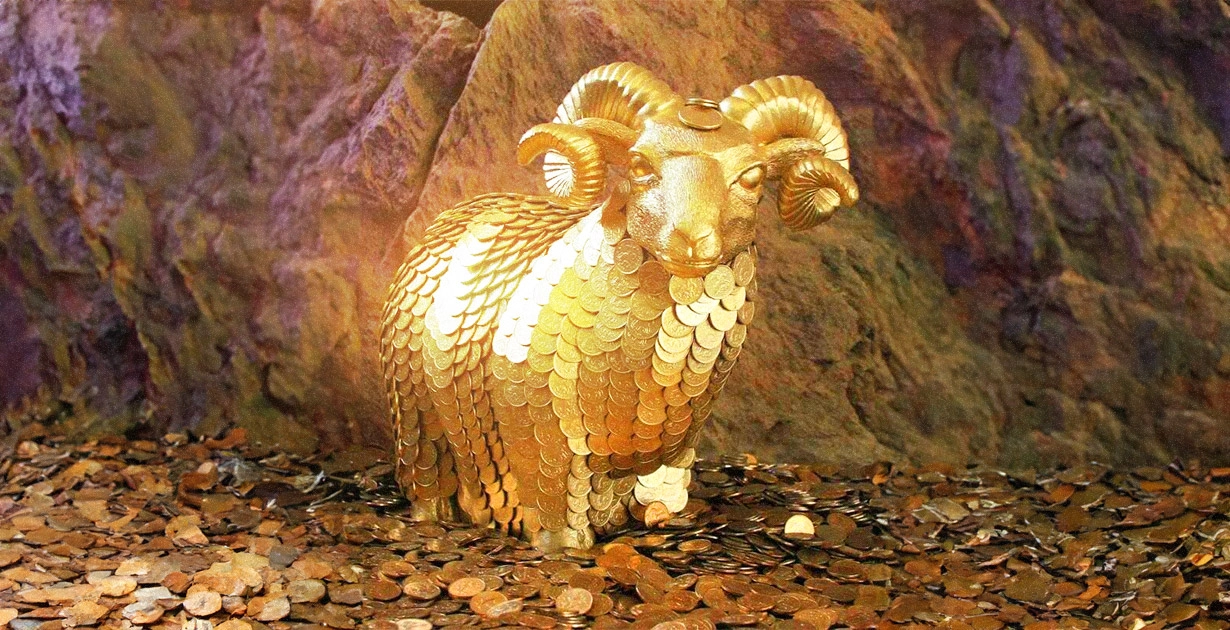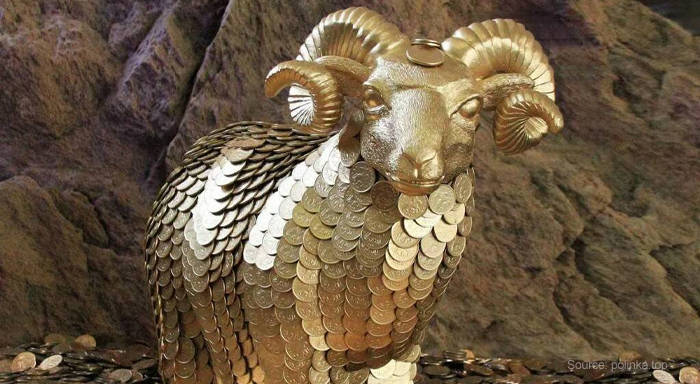
The Golden Fleece: myth or reality?
Average reading time — 2 minutes
Ancient Greek mythology significantly influenced the level of culture and the development of art throughout the world. But despite its enormous popularity, it was never perceived as anything more than a collection of beautiful legends. However, as it turned out, some myths are based on real historical facts. Thus, one of the legends of Ancient Greece is about a golden sheep’s skin. What is this story based on?
The Golden Fleece. The beginning
According to the legend, the ruler of the Greek city Orchomenus had two children — Phrixus and Helle. The king’s second wife tricked her husband into sacrificing them to the gods. A golden ram flew to the rescue of the children and, putting them on its back, took them to the other side of the world, to Colchis. King Aeetes was waiting for them there.
On the way, Phrixus lost Helle, and after getting to Colchis, he stayed there for a long time. Aeetes accepted him as his own son, and in gratitude, Phrixus sacrificed the golden ram to the king. The ram’s skin was hung on an old oak tree. This is how the name of the myth – “The Golden Fleece” — was born.

Argonauts. The dangerous journey
The story of the golden sheep’s skin is most often associated with the name Jason. This mythological hero set out on a search of the fleece, together with the bravest of his friends. The ship named Argo was built especially for this dangerous journey, so Jason and his friends were nicknamed the Argonauts.
Arriving on the eastern coast of the Black Sea, where Colchis was located, Jason learned that obtaining the artifact was not an easy task. But, having gained the support of princess Medea, the travelers still managed to get the Golden Fleece.

Fact or fiction?
For a long time it was believed that the Golden Fleece was just a legend and had nothing to do with reality. But Georgian scientists found out that in Colchis gold was actually mined from rivers: fast waters carried golden sand from the mountains, and local residents stretched sheep skins on special grates, using them as a sieve. The only thing left to do was collect the gold particles that had settled on the wool.
The myths of Ancient Greece confirm that gold has been valued since time immemorial. The precious metal continues to play an important role in people’s lives thousands of years later, and the scope of its applications is only expanding.
Read also:





